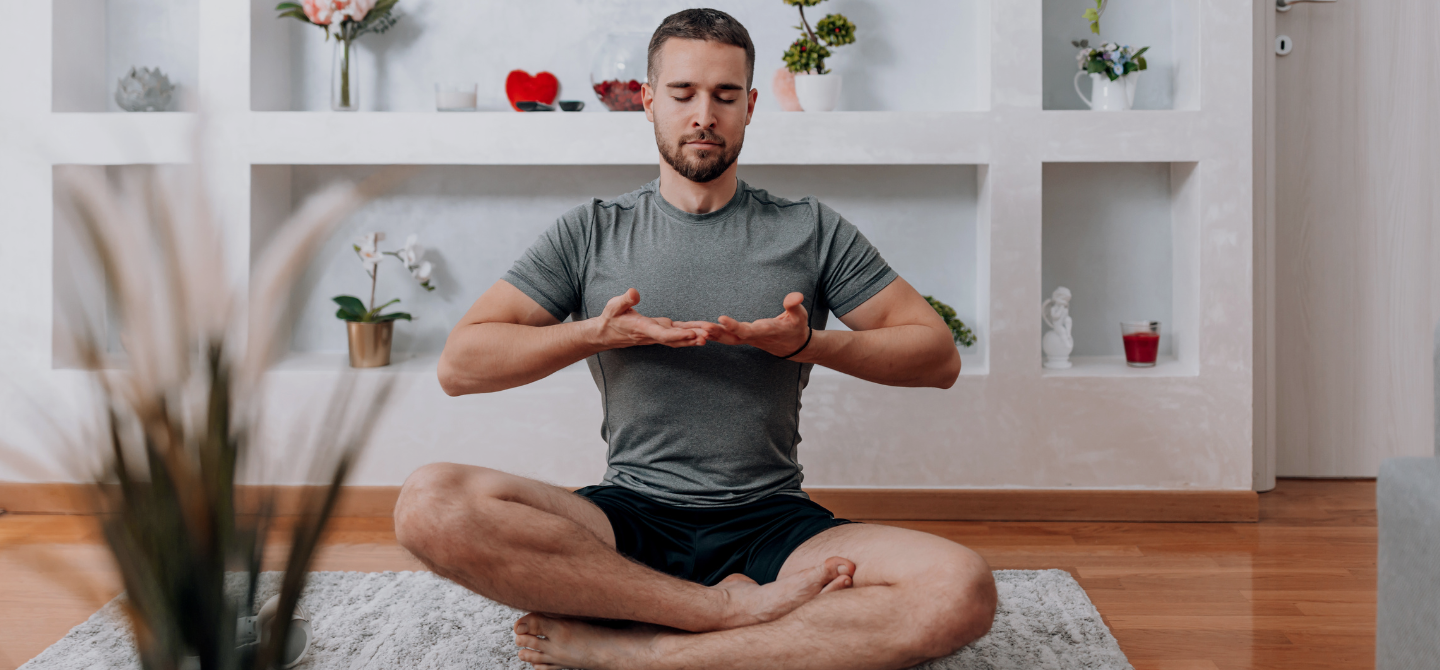
How Deep Breathing Brings Calm to an Anxious Mind
In the hustle and bustle of modern life, it's easy to overlook the simple yet profound tool we all possess for managing stress and anxiety: our breath. My journey through anxiety taught me the transformative power of deep breathing, a lesson I'm eager to share. Let's dive into the science behind deep breathing and how it can calm an anxious mind.

The Healthy Habits You Can Try to Reduce Anxiety
Imagine standing in a supermarket, surrounded by the routine buzz of shoppers, when suddenly, your world shifts. Lights become blindingly bright, your heart races like a trapped bird, and a sense of impending doom overwhelms you. This was my reality—a vivid introduction to anxiety that catapulted me into a relentless battle against an unseen storm. But this article isn't about the struggle; it's about overcoming, understanding, and guiding others through their tempests.

Relax Your Mind and Reduce Anxiety By Taking a Deep Breath
My first encounter with anxiety was nothing short of terrifying. In the midst of a routine supermarket trip, the world around me transformed. A sense of dread enveloped me, my heart raced uncontrollably, and a feeling of suffocation took hold. This moment marked the beginning of a long battle with anxiety, a journey through a landscape marked by fear and confusion, but also a path leading towards discovery and healing.

